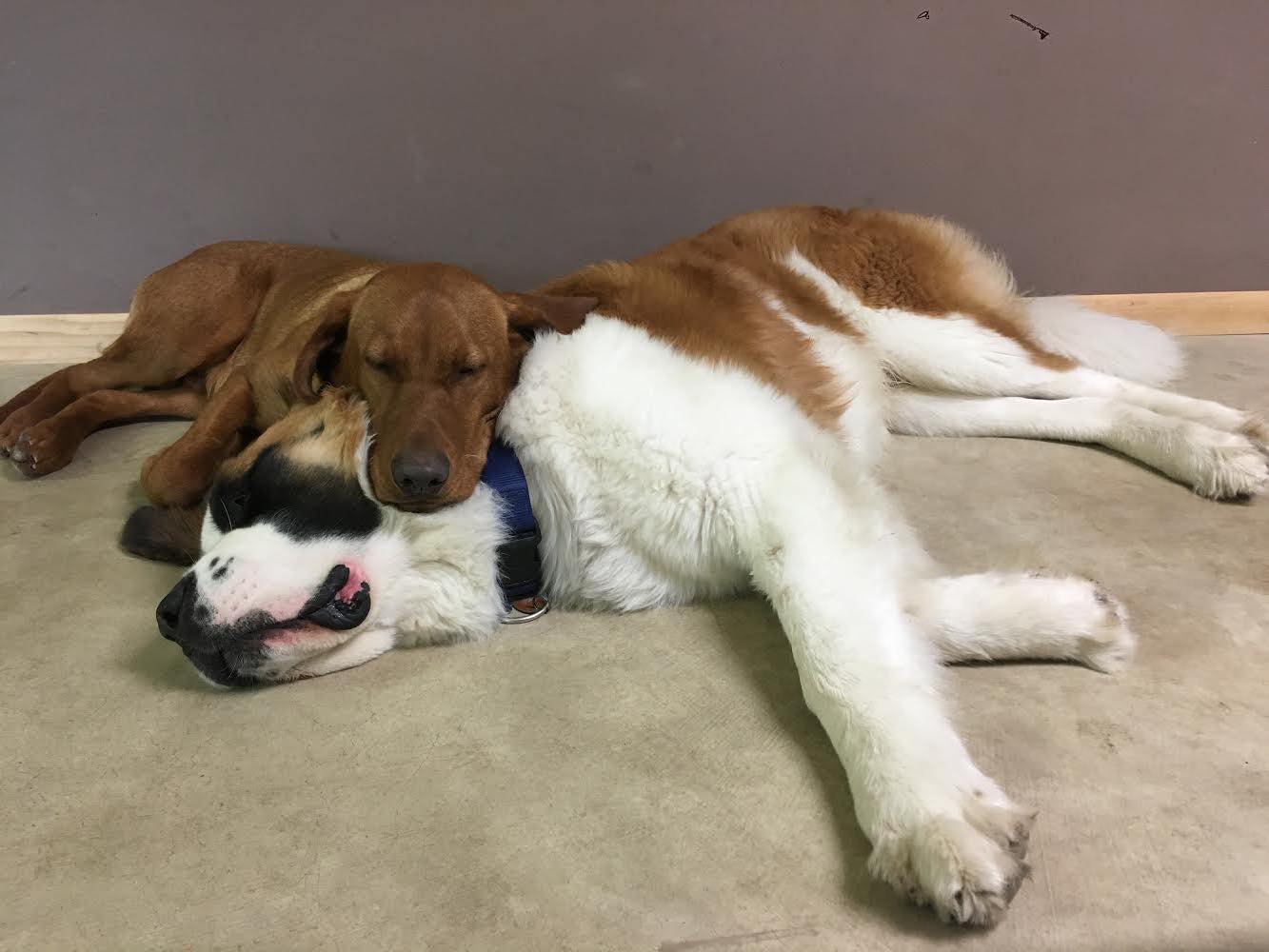
Try to picture the average day of many American dogs. They wake up and are let outside, and maybe go for a brief walk. They come inside and eat breakfast and probably lie down and wait while their owner showers, gets dressed, eats, and walks out the door. They then wait patiently all day while the owner goes through a typical busy day that leaves them drained and fulfilled by the time they come home. The dog is probably then fed and hopefully walked before the owner starts the process of cooking dinner and dealing with other household chores. The human has used a lot of mental and physical energy during the day and probably has the feeling of a job well done. Pretty soon it is time for bed and in the morning we start the whole process over. The obvious problem with this scenario is that the dog has no job, outlet, or purpose. Many dogs handle this fairly well and don’t show outward signs of boredom, but some dogs develop many types of issues from this lifestyle. The boredom can manifest itself as barking, stress whining, digging, separation anxiety, uncontrollable pulling on the leash, spinning in circles, chewing on their tail or paws, and countless other undesirable behaviors. Now of course many of these behaviors could have other causes, the chewing on their paws could be allergies and the barking could be guarding the house, but I cannot cover every possibility in this article. When I speak to someone over the phone and don’t receive enough information to figure out the cause of the issue I will typically set up a consultation so that I can see the dog and then figure out a plan based on what I see.
When we have determined that the root cause of the issues is boredom it is now time to find the dog an appropriate job. The great thing is that there are many choices for the average household dog that can also be fun for the owner. The point of this to make sure that we are challenging both the dog’s brain and body on a daily basis so we will typically use a combination of the following activities. Long leash walks, obedience training, agility, teaching challenging tricks, treadmill training, and mental games just to name a few. Two of my favorite indoor mental games for a dog are hide and seek (I place him in a sit-stay while I hide and then release him to allow him to search for me), and find the toy (I slowly teach him to search out a specific toy on command and then steadily increase the difficulty of the hiding spot). Teaching tricks is another great option for mental stimulation that can be fun for both owner and dog. I will soon be posting a video online that shows how to teach some of my favorite tricks. Agility can also be very fun and does not always require going to a class or spending much money. There is no reason that you can’t create your own agility course using anything you like. Two wooden stakes with a string between them can be a jump or an obstacle to crawl under. A 2×6 on the ground can serve as a balance beam. I think competition agility can be great for a dog, but there is nothing wrong with homemade obstacles of your own invention (the dog won’t care).
Every dog is different of course, so some dogs might need huge amounts of physical exercise and moderate amounts of mental stimulation while others will need the opposite. Hopefully this article gave you some ideas in how to give both you and your dog a better life, and I really hope it shows that corrections are not always the answer. Sometimes dogs are not “acting up”, they are “crying out” for help.
Matt Covey
Suburban K-9
Elgin, Il


